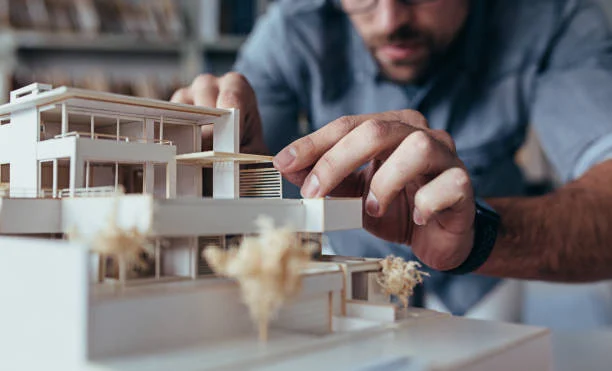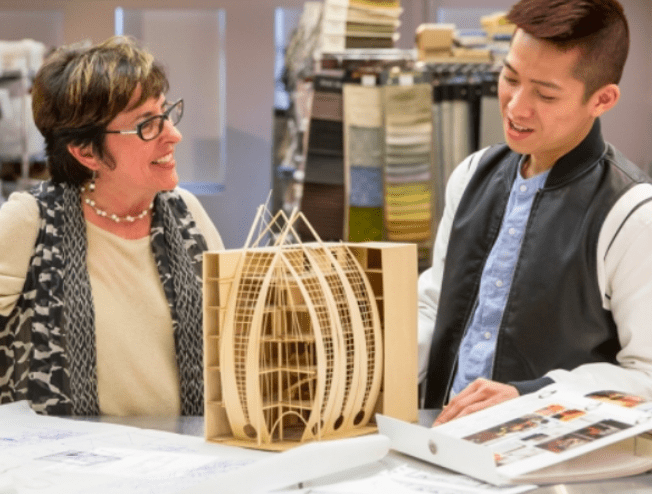Landscape architecture, a symphony of nature and design, flourishes through the delicate strokes of a pencil. This article delves into the realm of landscape architecture drawing, unveiling the techniques and nuances that shape outdoor spaces into breathtaking works of art.
Artistry Amidst Nature The Essence of Landscape Architecture Drawing
Contents
- 1 Artistry Amidst Nature The Essence of Landscape Architecture Drawing
- 2 Tools of the Trade Crafting Natural Realms
- 3 Elevating Realism The Power of Perspective
- 4 Contours and Curves Capturing Terrain with Grace
- 5 Textures and Tones Breathing Life into Drawings
- 6 Planting Seeds of Creativity Landscape Architecture Drawing
- 7 Design Dialogue Communicating Intent Through Drawings
- 8 Digital Dimensions Exploring Technological Frontiers
- 9 The Evergreen Journey of Landscape Architecture Drawing
In the realm of design where nature is both canvas and collaborator, landscape architecture drawing emerges as a crucial tool. It’s the language that bridges imagination and reality, enabling designers to visualize and communicate their visions for open spaces. This art form beckons a unique blend of creativity, spatial understanding, and environmental sensitivity.
Read Also: Constructing Skylines The Enchanting Realms of LEGO Architecture Sets
Tools of the Trade Crafting Natural Realms
Landscape architects wield a palette of tools that capture the essence of the outdoors. From the gentle caress of charcoal pencils to the fine precision of technical pens, each instrument serves a purpose. Watercolor brushes breathe life into renderings, while drafting templates and stencils help craft accurate representations of hardscape elements. This harmonious ensemble empowers architects to sketch landscapes with utmost finesse.
Read Also: Navigating Compensation Deciphering Interior Architecture Salary
Elevating Realism The Power of Perspective
Perspective is the key that opens the gateway to immersive landscapes. One-point and two-point perspectives allow artists to translate depth and dimension onto a two-dimensional plane. By employing techniques such as atmospheric perspective, where distant elements are subtly faded, drawings attain a sense of scale and realism that transports viewers into the envisioned realm.
Read Also: Crafting Creativity The Unveiled World of Architecture Drawing Tables
Contours and Curves Capturing Terrain with Grace
Akin to a sculptor molding clay, landscape architects mold terrains with lines that embody nature’s grace. Contour lines gracefully follow the natural elevation of the land, narrating its topography. Curves, whether gentle or bold, mimic the organic forms that define outdoor spaces. It’s through these lines that the character of a landscape takes shape, ready to be inhabited by flora and fauna.
Read Also: Crafting Tomorrow The Intricacies of Building Architecture Drawing
Textures and Tones Breathing Life into Drawings
A landscape is a symphony of textures, from the rough bark of trees to the softness of a meadow. Employing techniques like stippling, cross-hatching, and scumbling, artists infuse their drawings with these tactile qualities. By mastering tonal variations, they conjure the interplay of light and shadow that dances upon leaves, water surfaces, and architectural elements.
Read Also: Axonometric Architecture Drawing A Multidimensional Exploration of Design
Planting Seeds of Creativity Landscape Architecture Drawing
Landscape architecture drawing often dances hand-in-hand with botanical illustration. The meticulous rendering of plant species celebrates the diversity and vibrancy of nature. Each leaf, petal, and stem is a brushstroke that composes a living tapestry. These illustrations serve as both aesthetic embellishments and informative references for realizing green designs.
Read Also: The Simplicity and Elegance of Basic Architecture Drawing
Design Dialogue Communicating Intent Through Drawings
Beyond aesthetics, landscape architecture drawings are a dialogue between designers and clients. They communicate the intricate dance of spaces, revealing how nature and structure harmonize. From conceptual sketches that capture the essence of an idea to detailed plans that map out every feature, these drawings articulate the designer’s vision and intent.
Read Also: The Artistry of Architectural Drawing A Symphony of Lines and Vision
Digital Dimensions Exploring Technological Frontiers
In the digital age, landscape architects embrace technology as a companion in their creative voyage. Computer-aided design (CAD) software brings precision to planning, while graphic tablets grant a seamless transition from traditional to digital media. This union of artistry and technology yields dynamic visualizations that unveil the full potential of a landscape.
Read Also:
The Evergreen Journey of Landscape Architecture Drawing
Landscape architecture drawing, an ode to nature’s magnificence and human ingenuity, is a journey of perpetual discovery. With every stroke of the pencil, every blending of color, and every curve lovingly crafted, designers transform barren sheets into realms teeming with life. These drawings transcend mere sketches; they become portals to landscapes that inspire, invigorate, and endure.













